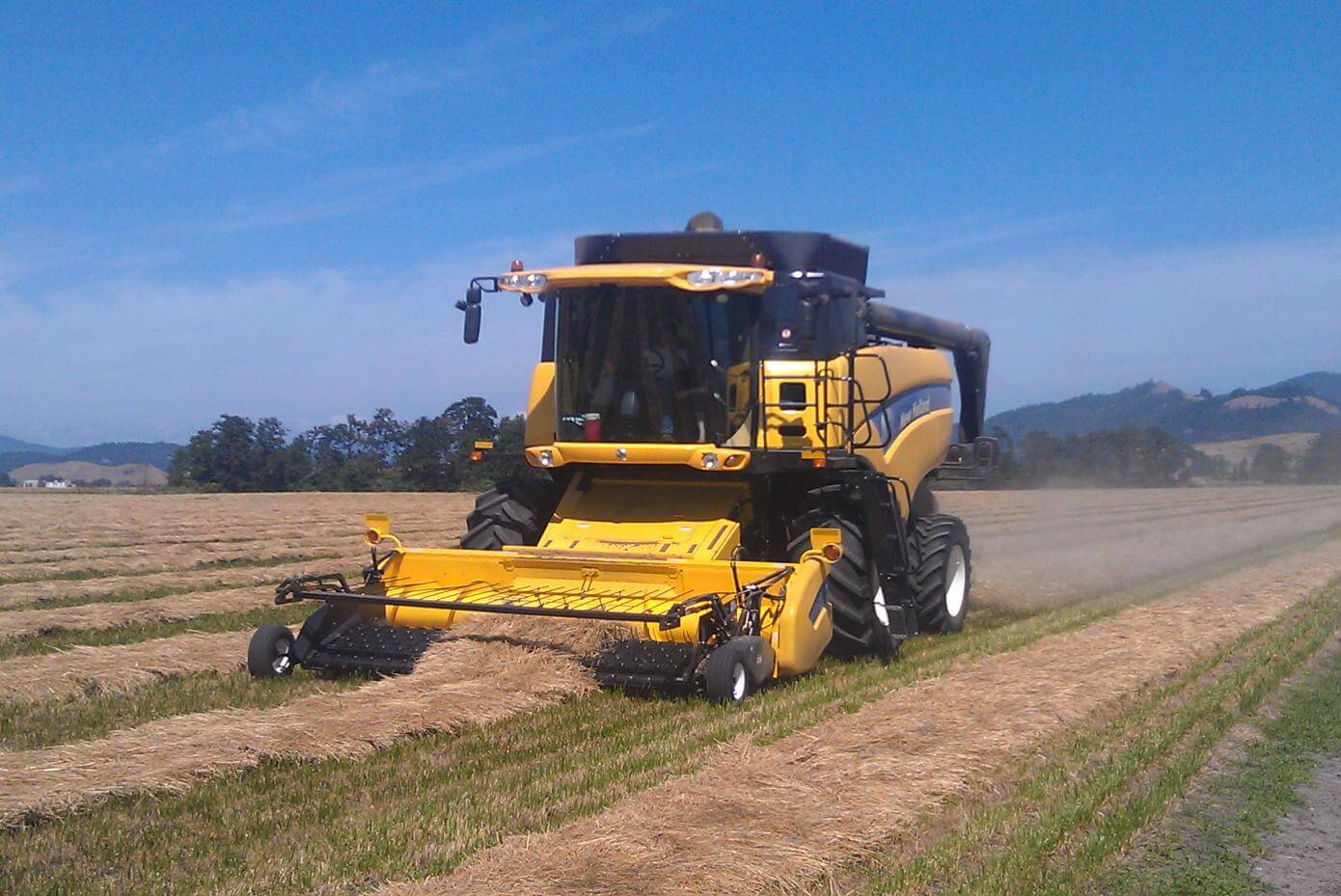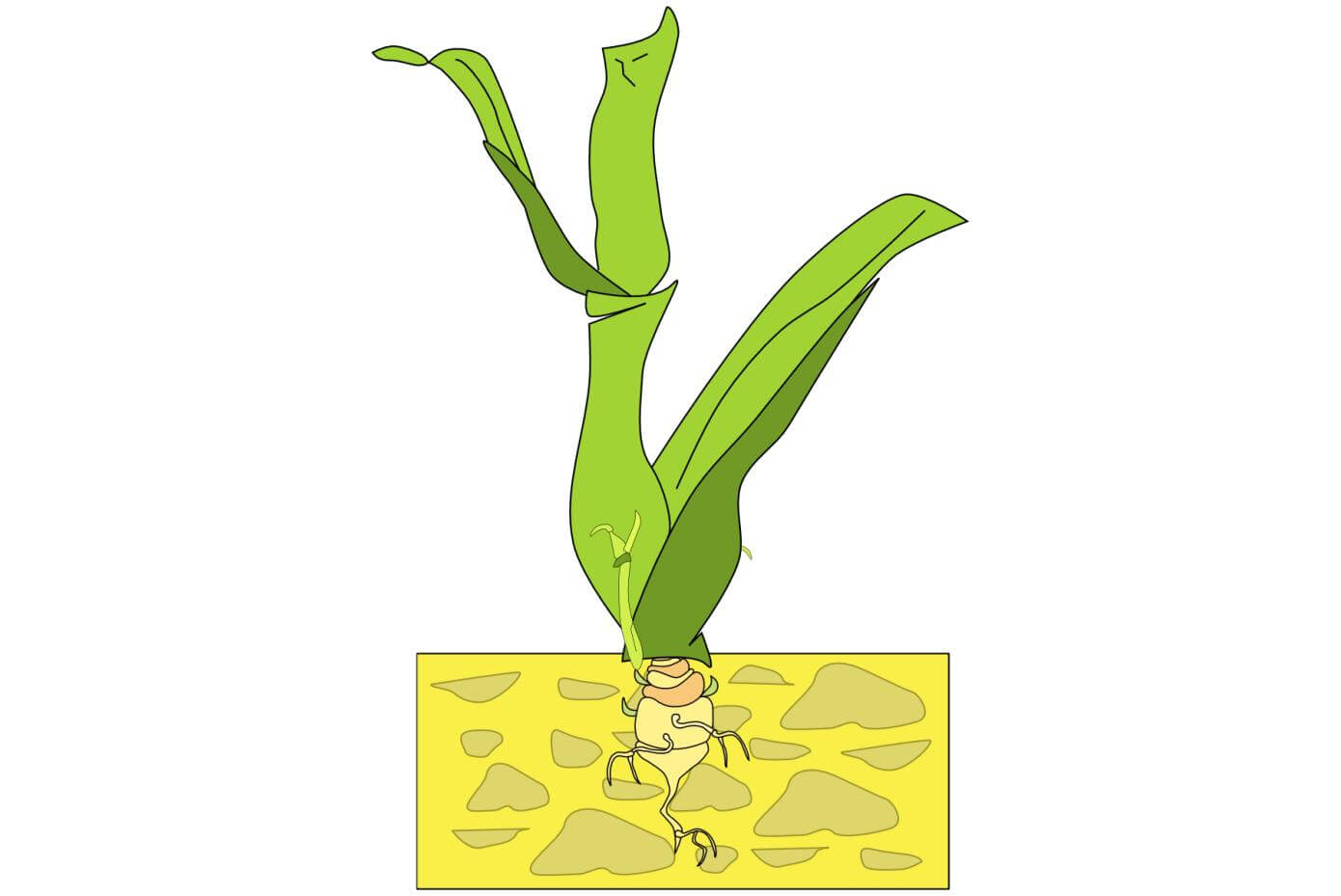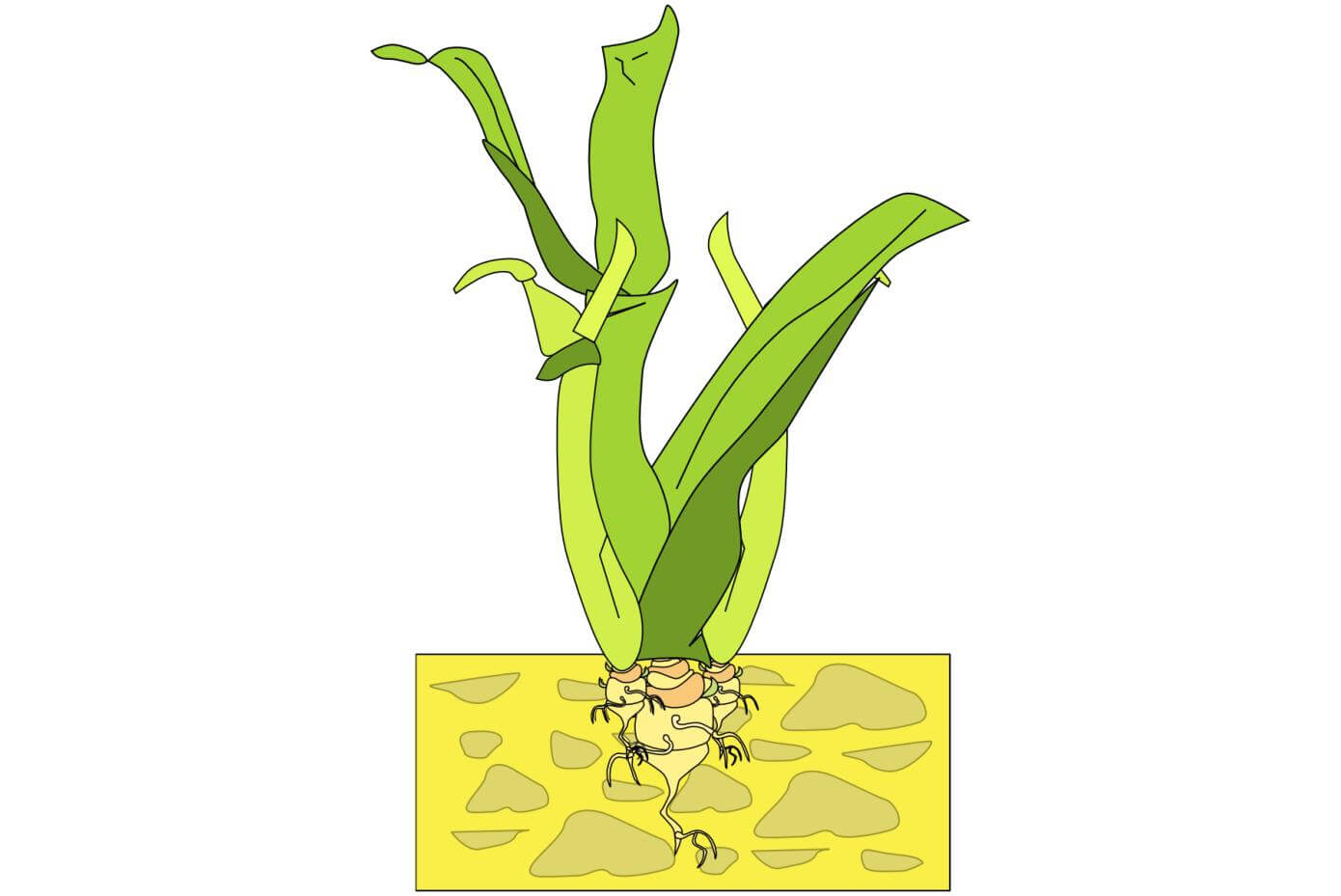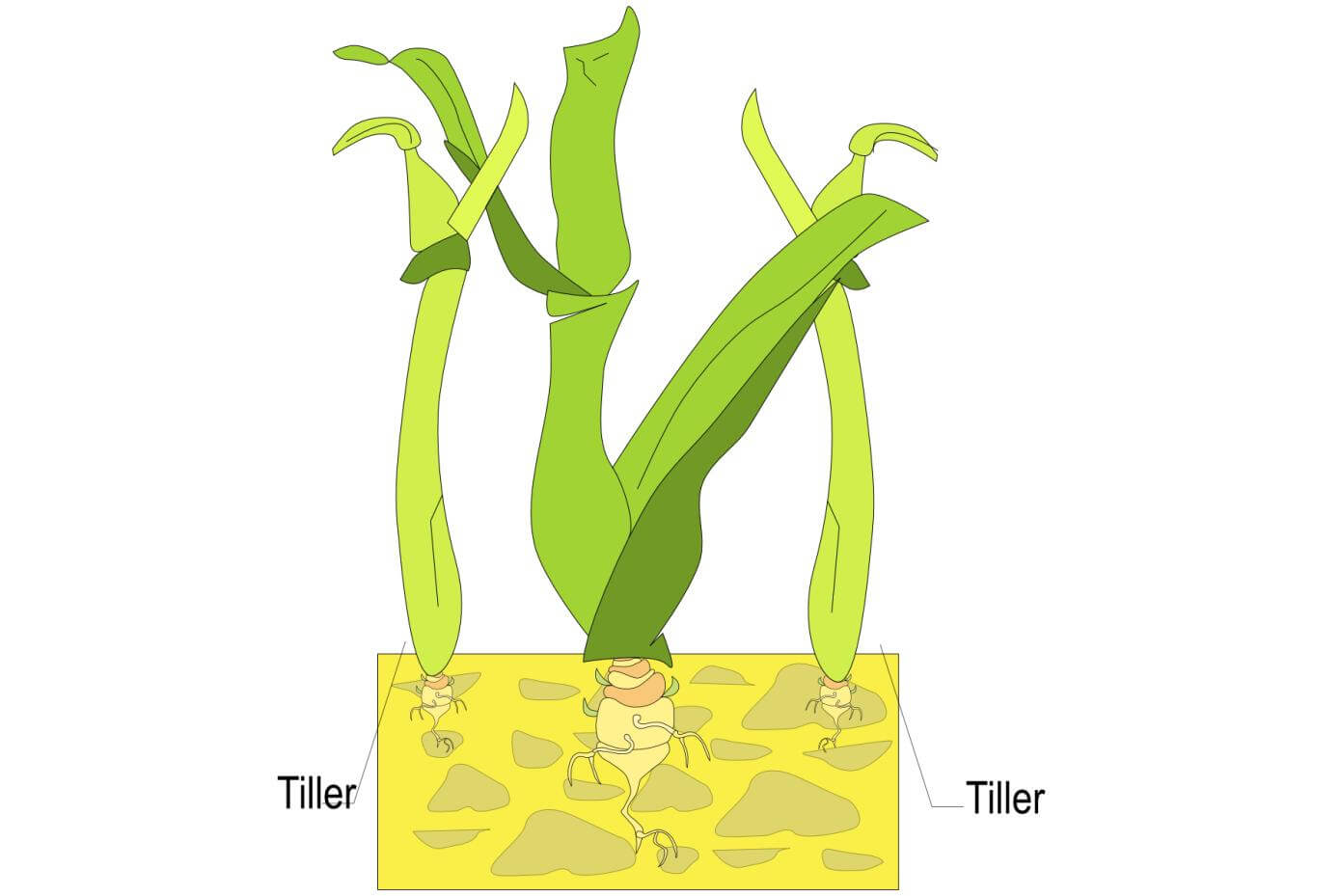Thankful For An Early Harvest
It sure is nice to be getting seed into the warehouses earlier this year. Thanks to conducive weather, some farmers are a full three weeks earlier than last year. While we do not have final harvest results, here is a short synopsis on what we know so far:
Annual ryegrass – Slightly below average yields on both diploids and tetraploids; quality good.
Orchardgrass – Average to below average yields. New testing method will reflect higher purities.
Oregon forage tall fescue - Below average yields on both Oregon-grown KY-31 and fawn.
Missouri KY-31- Above average yields and above-average crop.
Turf-type tall fescue – Below average yields, poa triv and poa annua continue to be a production/cleaning challenge.
Perennial ryegrass – Below average yields and higher than normal cleanouts are being reported so far.
Crimson clover – Below average yields. High demand has put a squeeze on shipping. Increased interest in coating.
Red, white, and ladino clovers – Too early to tell.
Covered Over with Cover Crop Sales
June and July are historically quiet times of the year for seed movement. Not this year. Segments of the seed industry have been quite active in procuring, cleaning, coating and shipping cover crop related products. Demand is notably higher for both legume and non-legume crops including crimson and berseem clovers, winter peas, ryegrass, radishes, turnips, as well the less familiar sunn hemps, cabbage, and other brassicas. With the overall usage of cover crops still very small as it relates to the potential market, one might safely surmise that if farmers have success with the volume of product being used this year, next year might even be bigger.
One family of seeds gaining more attention for cover crop use is the brassica family. These include traditionally used crops like rape and turnip, as well as radish, cabbage and mustard seed. In addition to their biomass, brassicas are great at nitrogen scavenging and producing large taproots. New research is looking at utilizing some of these family members for even more benefits. With proper management brassicas release a natural fumigant that suppresses weeds, fungi, bacteria, insects, and nematodes. There’s much to learn in this growing market. As you learn and have interest in brassicas, make sure to keep us in the loop, as our offerings grow each year. Contact us by phone or visit CoverCropSeeds.com.
How Grass Grows Part 6 Shoot Development: Tillering
“The process by which new aerial shoots emerge from axilary buds is called tillering. Density increases as new tillers arise, form leaves, and separate from the parent shoot. Well-tillered grasses provide good ground cover and erosion control for turf or pasture and have greater seedhead numbers resulting in higher grain yields.”
VA Tech’s How Grass Grow’s interactive presentation. See full presentation under our Resources at SmithSeed.com.



